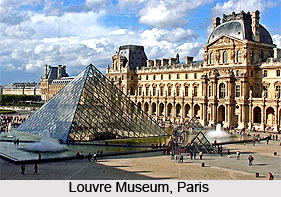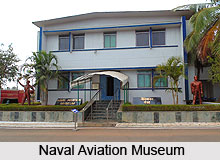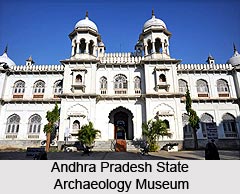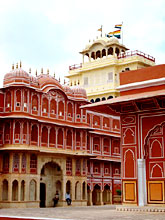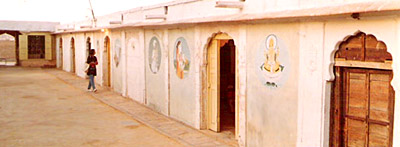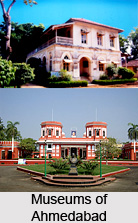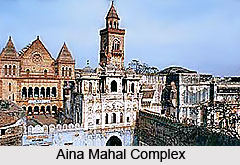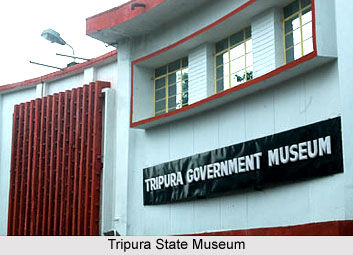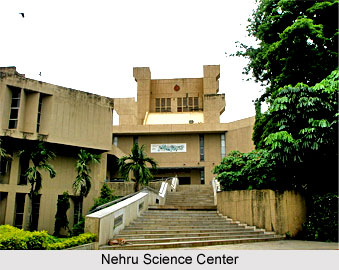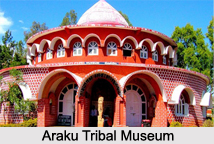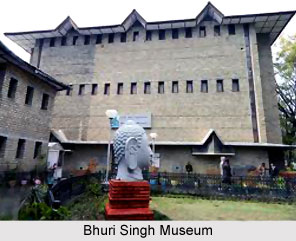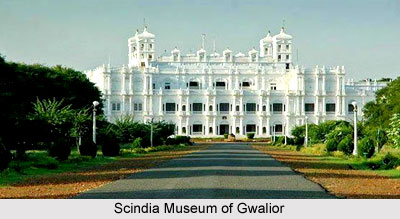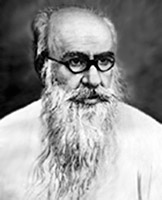 The Heras Institute of Indian History and Culture, Mumbai, was established in 1926, as the Indian Historical Research Institute by Fr. Henry Heras S. J. The first and foremost objective of this institute was to encourage extensive as well as intensive, Historical and Cultural Research in India. The mission was to make the socially marginal communities, acquainted with the Indian spirit.
The Heras Institute of Indian History and Culture, Mumbai, was established in 1926, as the Indian Historical Research Institute by Fr. Henry Heras S. J. The first and foremost objective of this institute was to encourage extensive as well as intensive, Historical and Cultural Research in India. The mission was to make the socially marginal communities, acquainted with the Indian spirit.
The next vital concern was to promote wide-ranged research in the streams of Indian History and Archaeology, Indian Art and Literature, Indian Religions and Indian Cultures. The Heras Institute of Indian History and Culture, was bent on arranging training-sessions for scholars and professors. The institute authorities wanted them to acquire the proper know-how for Research Methodology and the re-writing of history.
The well-equipped Research Library, the conducive Research Reading Room, the apt Research Guidance and the Heras Museum for Research in Indian History and Culture are the prime pillars for Historical Research and Probing.
Furthermore, the Historians` Workshop in Research Methodology imparts,valuable education to the eager Post-graduate and Research Scholars of Mumbai . Similarly, the Heras Research Programme , rightly directs the under-graduate college goers of Mumbai .
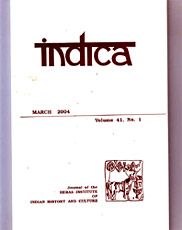 The Heras Institute of Indian History and Culture, prepares for lectures, called Heras Memorial Lectures, not only for erudite scholars, but for the common mass of Mumbai as well.Another major initiative on the part of the Heras Institute of Indian History and Culture, Mumbai is the substantial Research Journal, known as INDICA. INDICA launched two times a year, has received both Indian and Foreign Scholars and Institutions , as its worthy readers.
The Heras Institute of Indian History and Culture, prepares for lectures, called Heras Memorial Lectures, not only for erudite scholars, but for the common mass of Mumbai as well.Another major initiative on the part of the Heras Institute of Indian History and Culture, Mumbai is the substantial Research Journal, known as INDICA. INDICA launched two times a year, has received both Indian and Foreign Scholars and Institutions , as its worthy readers.
The publications of INDICA happen half-yearly, in March and September, since 1964. The subjects, discussed about in the journal, are the ones in which the well-informed staff and students of the Heras Institute have executed their research-enterprise. These subjects are, namely Archaeology, Ancient, Medieval and Modern Indian History, Indian Art and Literature, Indian Religions and Indian Cultures. The yearly subscription fixed for Indica is Rs. 80/- (US$13) for Individuals and Rs. 120/- (US$16) for Institutions.
The Heras Museum, the brainchild of Fr. Henry Heras, S.J., flaunts about a mind-blowing collection of antiquities, gathered by him over a considerable period. The Heras Museum, acted as a full-fledged, useful reference forum, for the students inclined towards Indian History and Culture.
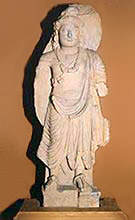 The Heras Institute Museum accommodates prized objects, not only of Indian origin, but imported from West Asia too. The hallmark of this institute lies in the truth that it is the only antiquity-preserving site, housing Mesopotamian cylindrical seals of several eras.
The segment dedicated to India, has a treasure-chest of Gandhara sculptures. It is said that Fr. Heras himself have accumulated these exhibits from a spot in Quetta. . These wonderful art-pieces represented plethora of scenes from the life of the Buddha, Bodhisattvas and other towering personalities. Even resplendent stucco head-moulds. Another famous panel in the repository features the renowned beauty and dance-artist of Vaishali, Ambapali (Amrapali) offering a mango-orchard to the venerated Buddha.
Moreover, demonstrations of Pala art, and a splendid Stupa, belong to 9th Century A.D. Nalanda. The interior of the Stupa is embellished with fine image-carvings of phenomenal events in the life of the sage Buddha.
The Heras Institute Museum accommodates prized objects, not only of Indian origin, but imported from West Asia too. The hallmark of this institute lies in the truth that it is the only antiquity-preserving site, housing Mesopotamian cylindrical seals of several eras.
The segment dedicated to India, has a treasure-chest of Gandhara sculptures. It is said that Fr. Heras himself have accumulated these exhibits from a spot in Quetta. . These wonderful art-pieces represented plethora of scenes from the life of the Buddha, Bodhisattvas and other towering personalities. Even resplendent stucco head-moulds. Another famous panel in the repository features the renowned beauty and dance-artist of Vaishali, Ambapali (Amrapali) offering a mango-orchard to the venerated Buddha.
Moreover, demonstrations of Pala art, and a splendid Stupa, belong to 9th Century A.D. Nalanda. The interior of the Stupa is embellished with fine image-carvings of phenomenal events in the life of the sage Buddha.
Fr. Heras has left the golden legacy of icons and statues of distinguished religious communities, such as the Saivite, Vaisnavite, Jainas and Buddhists. These brass and bronze displays are one of the most glorified possessions of the museum. Also Hindu ritual vessels, and Nepali work of art and objects crowd as showcases.
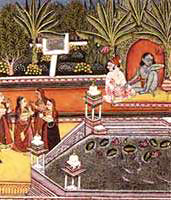 Among the little reserves of miniature paintings, kept by the museum, the manuscript of Madhumalati, popularizes the Kotah art of 1771 A.D. Every page of this manuscript contains well-intelligible illustration.
Among the little reserves of miniature paintings, kept by the museum, the manuscript of Madhumalati, popularizes the Kotah art of 1771 A.D. Every page of this manuscript contains well-intelligible illustration.
A penetrating insight into the Indus Valley script and its relative assessment, against the ancient Mesopotmian script, was a prime passion for the antiquarian-specialist, Fr. Heras. He undertook an expedition in the relevant areas and picked up the seals of cylindrical shape, stored in the museum. They date from the 3rd millennium B.C. to the Assyrian period. Each of the seals is invested with a meaning and captivating designs. They are teamed up with magnificent terracotta, hailing from the Graeco-Parthian times.
The department of Indian Christian Art was also spawned by the motivation of Fr. Heras. Paintings elucidate themes and subjects from the Bible and the remarkable history of the Jesuit missions in India. These are impressive creations of the Angelo da Fonseca and the rest of the deft artists, living during the mid-period the middle of the twentieth century. Apart from these, a few wooden and ivory icons, chiefly from Goa are the other items of projection.
The book, endowed with uncommon data and map-assemblages are the crowned attributes of the Institute Library . A gem of the library is the single surviving copy of the first book, called, H. Becher`s Remarks and Occurences,1793.
The Heras Institute of Indian History and Culture, Mumbai, is a unique settlement, caringly nurturing objects, that , attest the profound significance of our past to the present-day generation.
